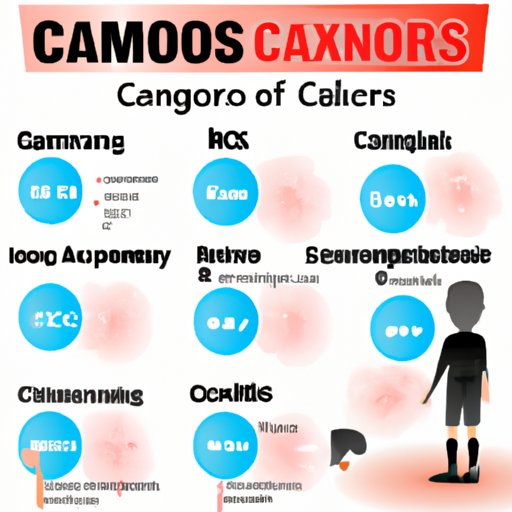Introduction
Carbon monoxide (CO) is an odorless, colorless, and tasteless gas that can be deadly when inhaled in large quantities. It is a byproduct of burning fuels such as natural gas, oil, coal, and wood, and can build up in poorly ventilated or enclosed spaces. When exposed to high levels of CO over a period of time, a person can suffer from CO poisoning, which can lead to serious health complications or even death.

Analyzing the Risk Factors of Carbon Monoxide Poisoning
The primary source of CO is faulty appliances and burning fuels. Burning fuels release CO into the air, and if a home is not properly ventilated, the gas can accumulate and reach dangerous levels. Other sources of CO include cars and generators running in enclosed spaces, blocked chimneys, and charcoal grills used indoors. The amount of CO present in the air is affected by ventilation and air quality, and if there is not enough fresh air circulating, levels of CO can rise quickly.
Prolonged exposure to high levels of CO can have serious health consequences, including headaches, dizziness, nausea, confusion, and even loss of consciousness. At very high levels, CO poisoning can cause permanent damage to the brain, heart, and other vital organs, and can even result in death.

Exploring How Long It Takes for Carbon Monoxide Poisoning to Develop
The speed at which CO builds up in a confined space depends on the size of the space, the number of people present, and the amount of CO present in the air. According to the Centers for Disease Control and Prevention (CDC), “the higher the level of CO, the less time it takes for a person to become sick.”
It typically takes a few hours for symptoms of CO poisoning to appear, but this can vary depending on the level of CO in the air. Generally, mild symptoms of CO poisoning can occur after only two or three hours of exposure to low levels of CO, while more severe symptoms may take longer to develop. Factors such as age and health condition can also affect the onset of CO poisoning.

Investigating The Symptoms and Treatment of Carbon Monoxide Poisoning
Common symptoms of low-level CO poisoning include headache, fatigue, nausea, vomiting, and dizziness. At higher levels, symptoms can become more severe and include chest pain, confusion, and disorientation. If someone is experiencing any of these symptoms, it is important to seek medical attention immediately.
Diagnosis of CO poisoning is based on blood tests and imaging studies. Treatment typically involves oxygen therapy and hyperbaric oxygen therapy, both of which help to reduce the amount of CO in the bloodstream. In some cases, supportive care may also be necessary.
Examining the Different Levels of Carbon Monoxide Poisoning
CO poisoning is divided into three categories: mild, moderate, and severe. Mild CO poisoning occurs when a person has been exposed to low levels of CO over a short period of time, and typically causes headache, dizziness, and nausea. Moderate CO poisoning occurs when a person has been exposed to higher levels of CO over a longer period of time, and can cause confusion, disorientation, and loss of consciousness. Severe CO poisoning occurs when a person has been exposed to very high levels of CO over a prolonged period of time, and can cause permanent brain damage, coma, and even death.
Understanding the Effects of Carbon Monoxide Poisoning on the Body
In addition to the immediate health risks associated with CO poisoning, there are also long-term effects that can occur. Studies have shown that people who have suffered from CO poisoning can experience psychological and neurological problems, such as memory loss, depression, and difficulty concentrating. Furthermore, people who have had severe CO poisoning may be at increased risk for heart attacks and stroke.
Conclusion
Carbon monoxide poisoning is a serious health hazard that can lead to life-threatening consequences. It is important to be aware of the potential risks of CO poisoning, and take steps to ensure that your home is properly ventilated and free of CO-producing appliances. If you suspect that you or someone else has been exposed to high levels of CO, seek medical attention immediately.
(Note: Is this article not meeting your expectations? Do you have knowledge or insights to share? Unlock new opportunities and expand your reach by joining our authors team. Click Registration to join us and share your expertise with our readers.)
